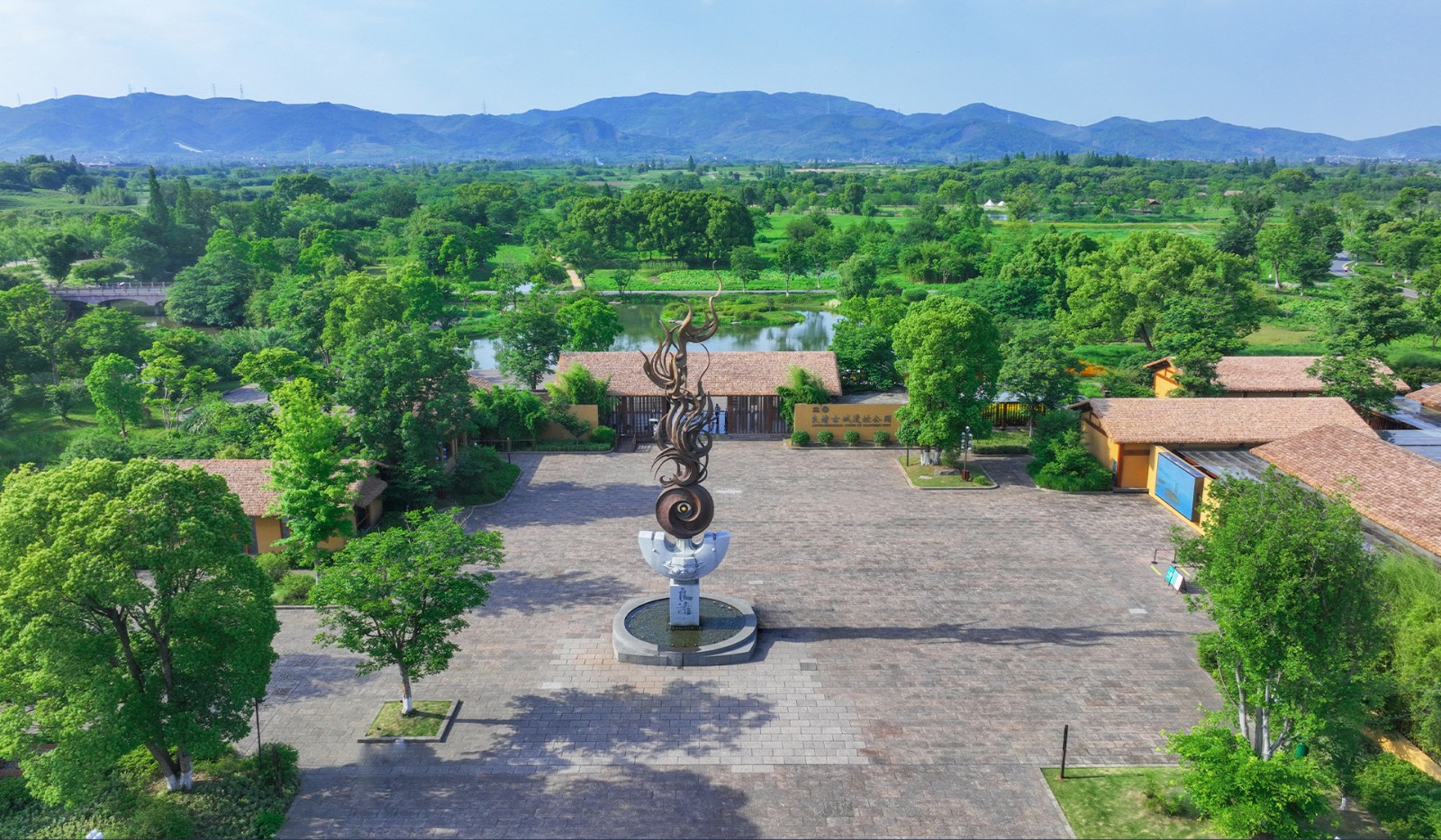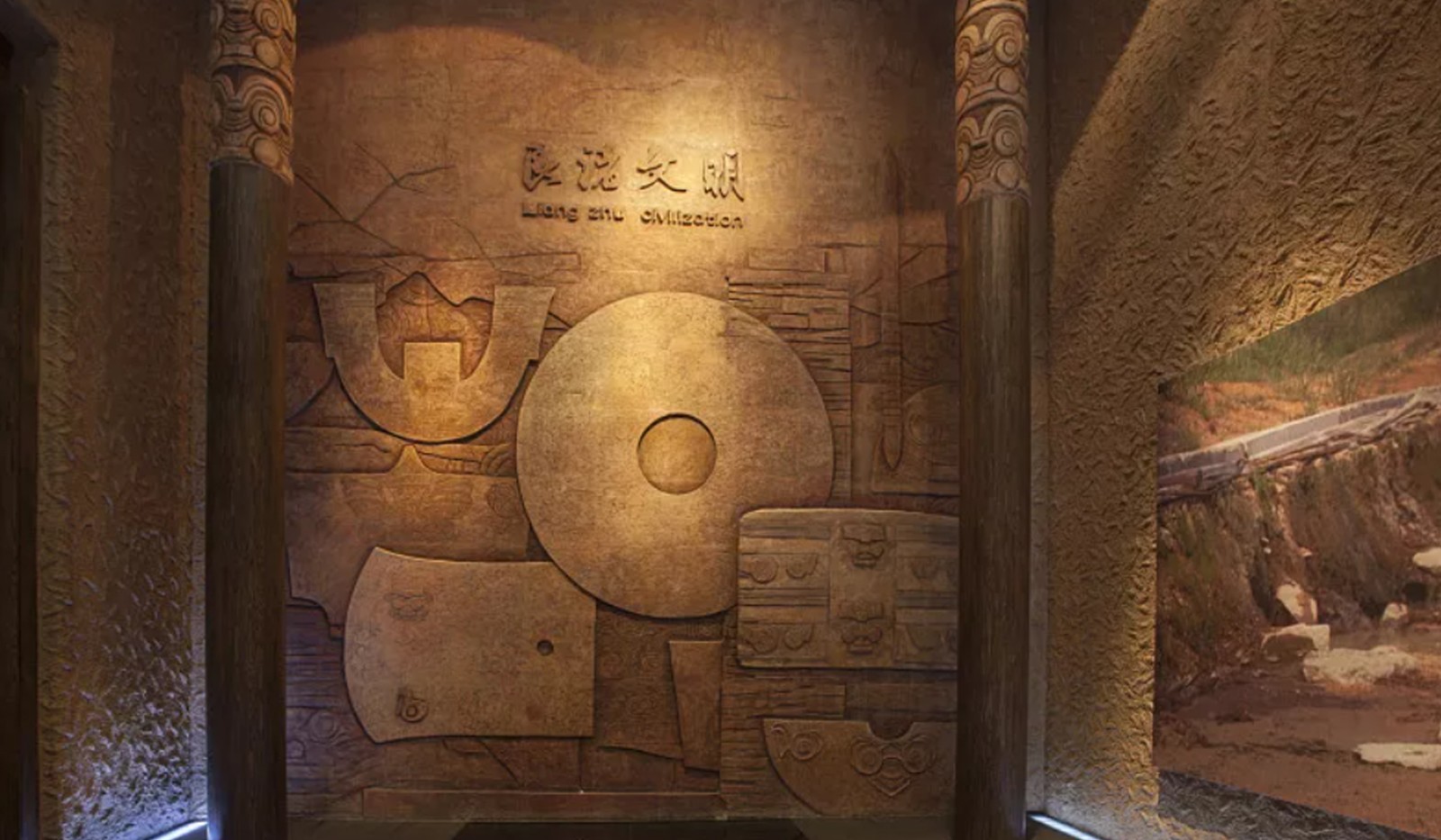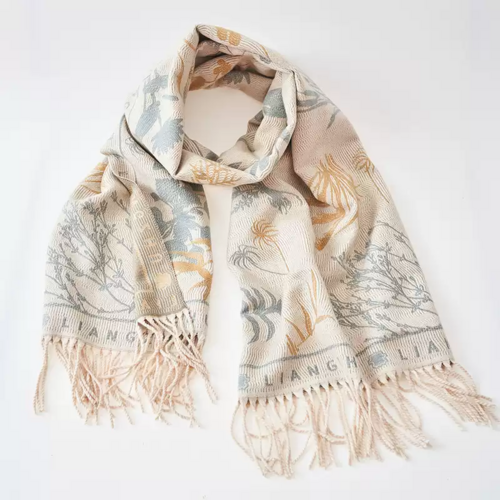
Liangzhu Culture
Liangzhu Culture is a late Neolithic culture found in the Lake Taihu region, characterized by black pottery and polished jade artifacts.
It was named after the discovery at Liangzhu in 1936 and dates back approximately 5,300 to 4,300 years.
The central area of Liangzhu Culture's distribution is in the Qiantang River and Taihu Lake basins.
The most notable feature of this cultural site is the jade artifacts unearthed, which include bi, cong, crown-shaped vessels, jade bracelets, column-shaped jade objects, and many other types.
Liangzhu Culture is one of the earliest human cultural sites, providing evidence for the 5,000-year history of Neolithic human culture in China and marking the beginning of China's 5,000-year Neolithic cultural history.















































































